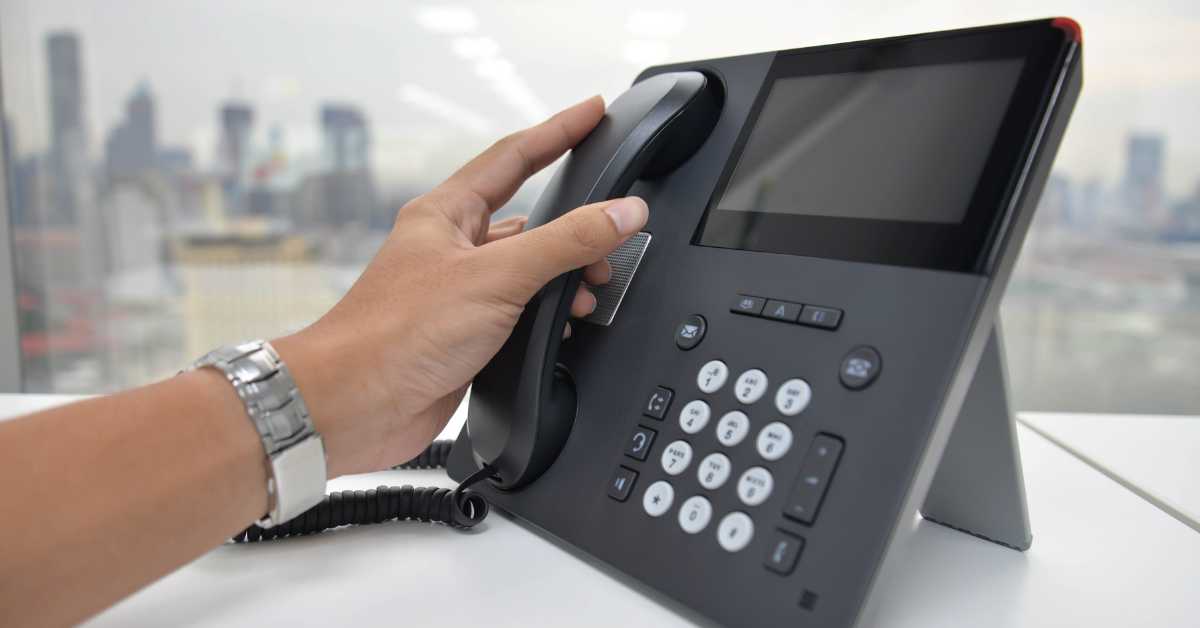Contents
- 1 Assess Your Current Setup: Understanding Your Infrastructure
- 2 Check Internet Connection: Ensuring Adequate Bandwidth
- 3 Choose a VoIP Service Provider: Exploring Options
- 4 Select VoIP-Compatible Phones: Embracing Modern Devices
- 5 Install VoIP Equipment: Setting Up Your VoIP System
- 6 Configure VoIP Settings: Personalizing Your Setup
- 7 Test Your VoIP System: Ensuring Reliability
- 8 Inform Contacts of the Transition: Smooth Communication
- 9 Monitor and Adjust: Fine-Tuning Your VoIP Experience
- 10 Conclusion
In an era dominated by digital advancements, upgrading your home phone system to Voice over Internet Protocol (VoIP) technology can revolutionize your communication experience. Home VoIP offers a cost-effective and feature-rich alternative to traditional landlines, providing flexibility and enhanced functionalities. In this guide, we’ll explore the steps to smoothly transition from a traditional home phone system to the efficiency of VoIP.
Assess Your Current Setup: Understanding Your Infrastructure
Before diving into the world of VoIP, assess your existing home phone setup. Identify the types of phones you have, the wiring infrastructure, and any additional equipment such as answering machines or fax machines. This assessment will guide you in making informed decisions about the compatibility of your current setup with VoIP technology.
Check Internet Connection: Ensuring Adequate Bandwidth
VoIP relies on a stable internet connection for optimal performance. Check your current internet speed and bandwidth to ensure it meets the requirements for VoIP. A high-speed broadband connection is recommended to guarantee clear voice quality and prevent disruptions during calls. If needed, consider upgrading your internet plan to accommodate the demands of VoIP.
Choose a VoIP Service Provider: Exploring Options
Selecting the right VoIP service provider is a crucial step in upgrading your home phone system. Research reputable providers, compare plans, and consider customer reviews. Look for features that align with your needs, such as voicemail-to-email, call forwarding, and international calling options. Pay attention to pricing structures and contract terms to find a provider that suits both your requirements and budget.
Select VoIP-Compatible Phones: Embracing Modern Devices
Traditional landline phones may not be compatible with VoIP technology. Invest in VoIP-compatible phones or consider using Analog Telephone Adapters (ATAs) to connect your existing phones to the VoIP network. VoIP phones offer additional features like HD voice quality, call waiting, and easy integration with VoIP service providers.
Install VoIP Equipment: Setting Up Your VoIP System
Once you’ve chosen a VoIP service provider and compatible phones, it’s time to set up the VoIP equipment. Follow the provider’s instructions for installation, which typically involve connecting the VoIP adapter to your router and connecting your phones to the adapter. Some providers may offer professional installation services, ensuring a seamless transition to VoIP.
Configure VoIP Settings: Personalizing Your Setup
Take advantage of VoIP features by configuring settings to suit your preferences. Set up voicemail, explore call forwarding options, and customize caller ID settings. Many VoIP providers offer user-friendly online portals or mobile apps for easy configuration, putting you in control of your communication preferences.
Test Your VoIP System: Ensuring Reliability
Before fully transitioning, conduct thorough testing of your VoIP system. Make test calls to ensure voice clarity, check the functionality of additional features, and assess call reliability. This step allows you to identify and address any potential issues before relying on VoIP for your day-to-day communication needs.
Inform Contacts of the Transition: Smooth Communication
Notify friends, family, and colleagues about your transition to VoIP to avoid any communication disruptions. Share your new phone number, if applicable, and inform them of any changes in voicemail or call handling procedures. Keeping your contacts informed ensures a smooth transition without missing important calls.
Monitor and Adjust: Fine-Tuning Your VoIP Experience
After transitioning to VoIP, monitor your system’s performance and address any issues promptly. Keep an eye on call quality, explore additional features offered by your provider, and adjust settings as needed. Regular monitoring allows you to optimize your VoIP experience and make the most of the advanced capabilities it provides.
Conclusion
Upgrading your home phone system to VoIP technology opens the door to a new era of communication. With careful planning, choosing the right equipment, and selecting a reliable VoIP service provider, you can seamlessly transition to a more flexible, feature-rich, and cost-effective communication solution. Follow these steps, and soon you’ll be enjoying the benefits of VoIP in the comfort of your home. Embrace the future of communication technology and enhance your connectivity with the power of VoIP.

